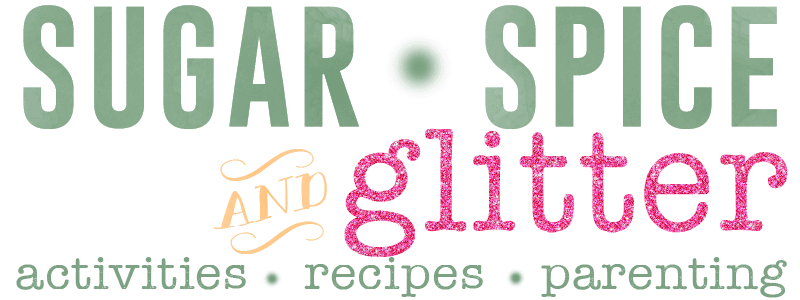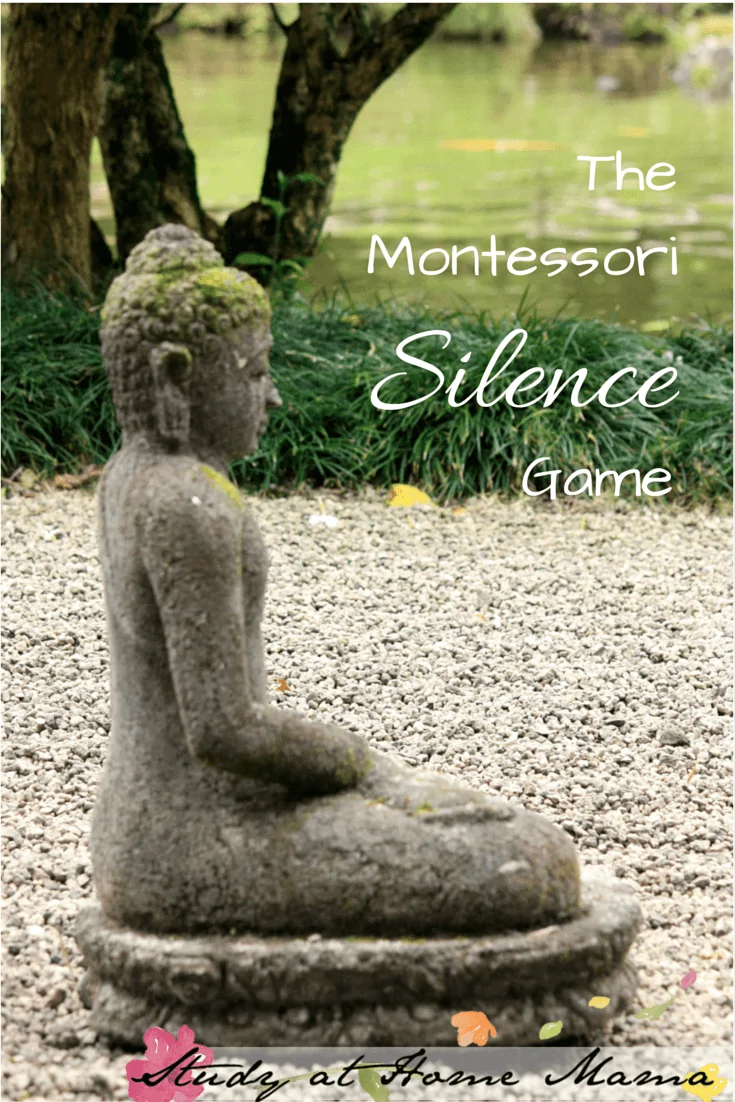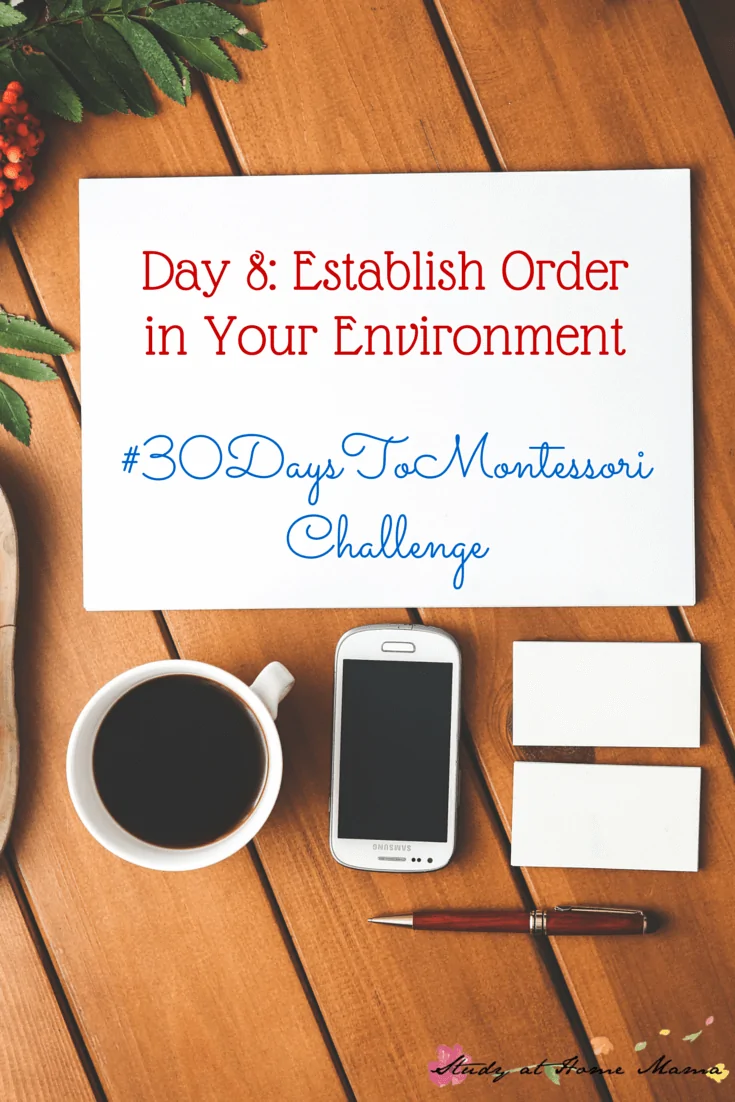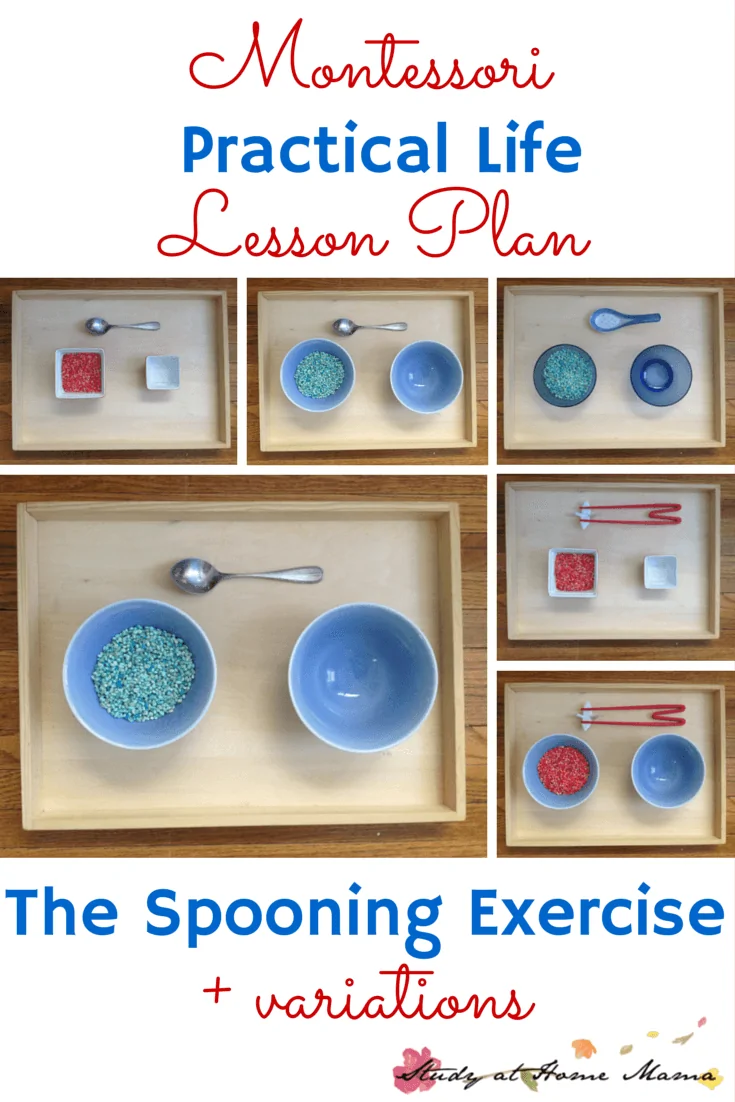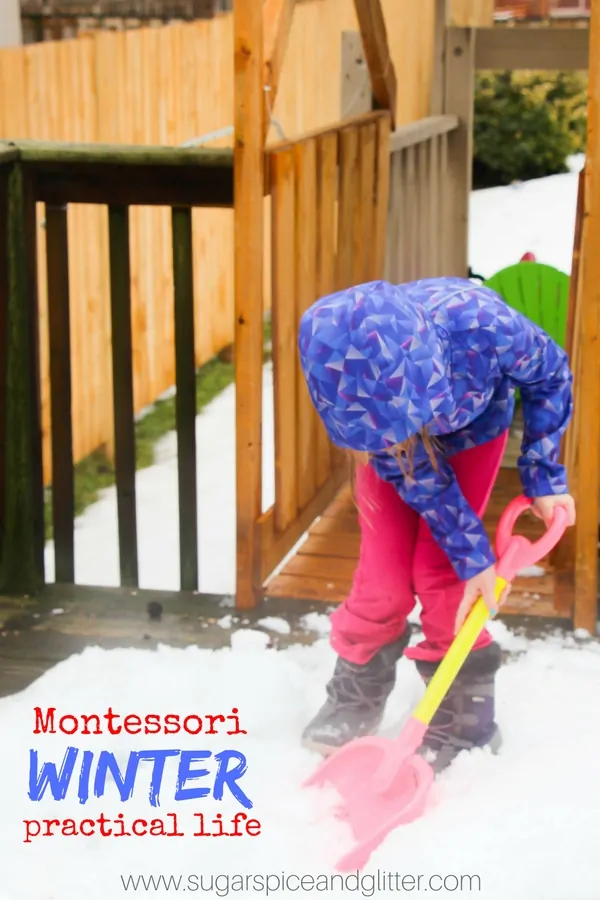The Silence Game
There are many ways to present the Montessori Silence Game to children (check out Living Montessori Now’s collection of posts on the subject to see what I mean!)
The Silence Game is an essential component to the Montessori Peace Curriculum, and to helping ready children for learning phonics. Since our “school year” starts in September, I find introducing the Silence Game around Remembrance Day (Veteran’s Day) to be perfect timing.
I’ve only introduced the Silence Game twice now, but both times I’ve presented it outside with our parachute. After reading the Secret of Childhood, I truly believe that this is one work that must only be presented when there is a certainty of success. Inner silence and peace cannot be developmentally rushed.
I ask the children to sit around in a circle and put their hands in their laps. I go through a bit of a meditation preparation, encouraging the children to relax their bodies and minds. I tell them that we won’t discuss what sounds of nature we are hearing right now, but we will hold onto these thoughts and observances for after the Silence Game is over.
Right now, we are focusing on working together to make silence.
Silence is an act of creation just as much as noise is, especially when you’re 3-6 years old! By making silence an active process, rather than an absence of something, we allow children to draw closer. Children can feel reverence and mystique in a much deeper way than adults can, so by giving them this skill of making silence, we empower them to think at a deeper level.
I encourage the children to listen for their name, and when they hear their name they are to cross the parachute (or room) quietly and sit beside me.
Now we have added a control of movement aspect to silence, and the children are able to really observe how their bodies can be controlled to make, and avoid making, noise.
After the last child has been called, we sit for one minute before I quietly signal the end of the game by acknowledging their effort and the beautiful silence that they all helped create. If the Silence Game is done at a developmentally appropriate time, children will slowly emerge from their silence rather than bursting forth with noise. I love watching what the children are drawn to working with or doing after the Silence Game.
I’d love to hear your thoughts! Have you introduced the Silence Game? Or, do you think it would be of benefit to your children? What changes would you make to this presentation?
For more activities that build your child’s emotional intelligence, check out our Paper Chain of Kindness and Emotions Sensory Bins.
